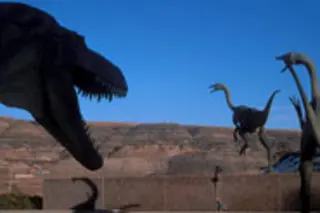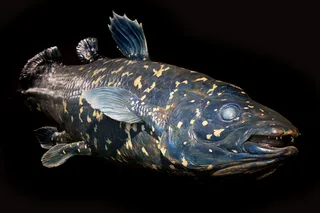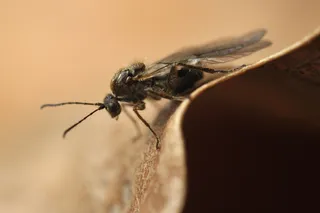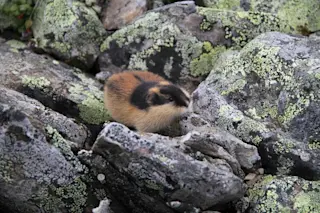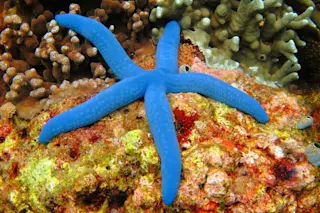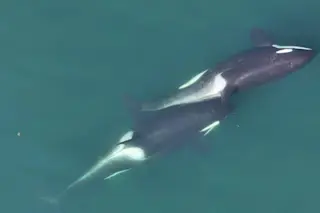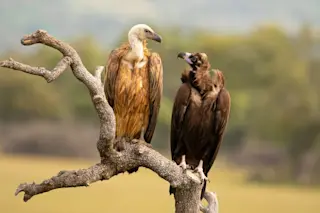The Cretaceous period was such a good time for evolution that researchers talk about the "Cretaceous Terrestrial Revolution," when as an explosion of new plant and animal species appeared. But researchers say that a detailed analysis of dinosaur diversity during this period debunks the prevailing theory that dinosaurs took part in this evolutionary spree; instead, their rapid evolution had taken place millions of years before.
The Cretaceous period, which lasted from 145 million years ago to 65 million years ago... saw the diversification of pollinating insects such as bees, butterflies, and moths. New forms of lizards, crocodiles, and snakes appeared, as did many of the ancestors of modern groups of birds and mammals. The Cretaceous also saw the explosion of angiosperms, or flowering plants [ScienceNOW Daily News].
Some researchers have previously suggested that the wide availability of those flowering plants sparked an evolutionary surge in dinosaurs who fed on the ...


